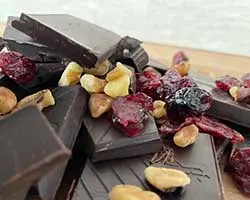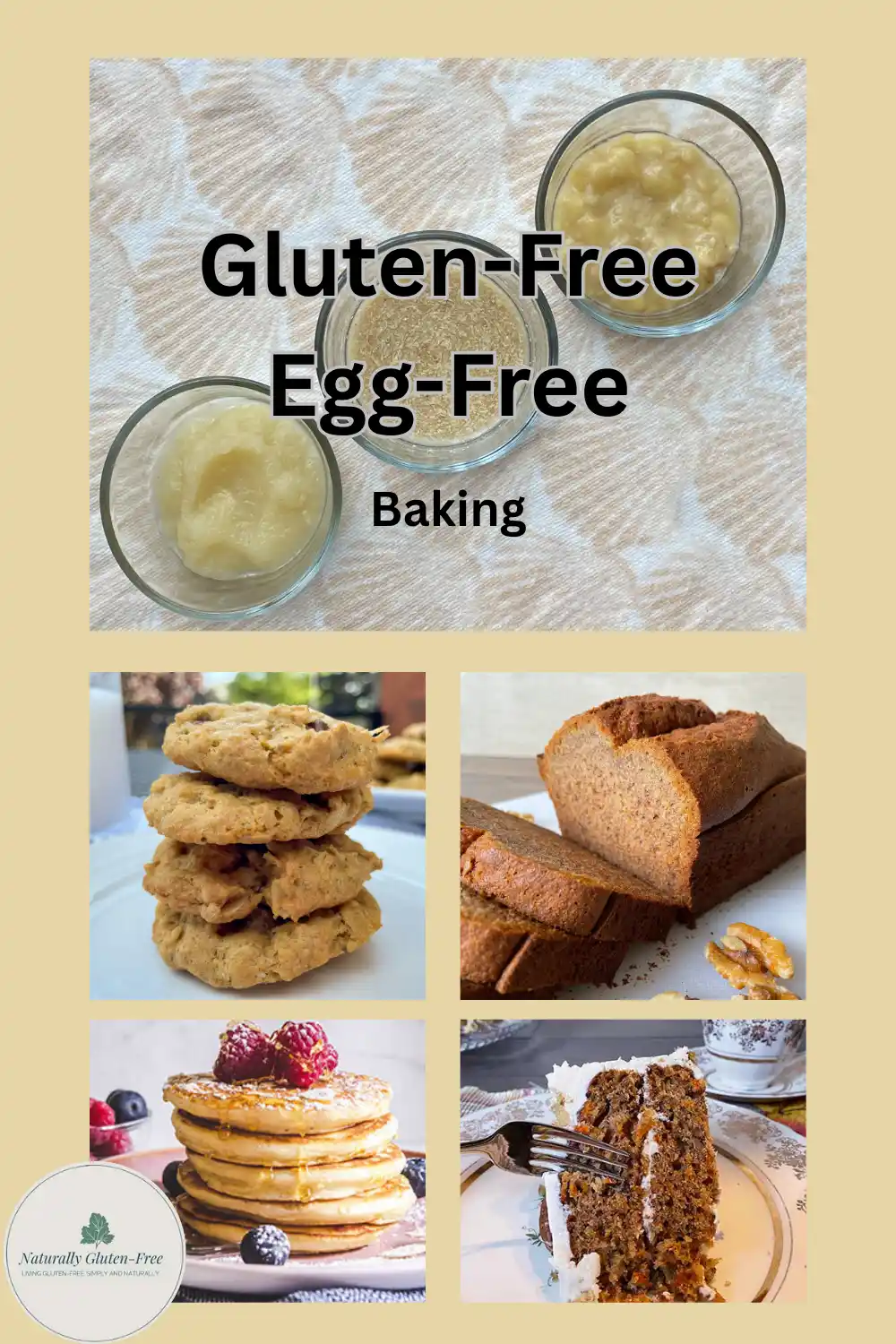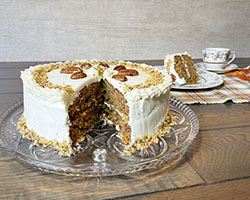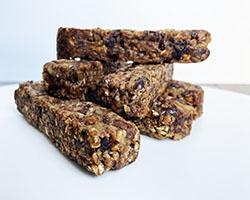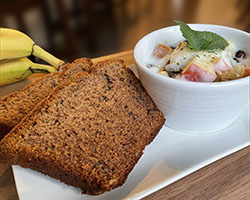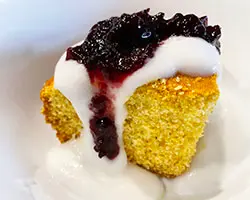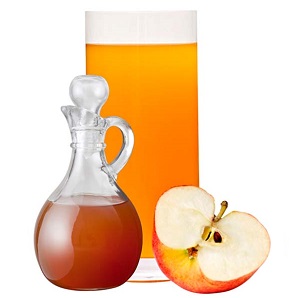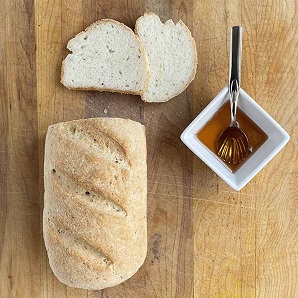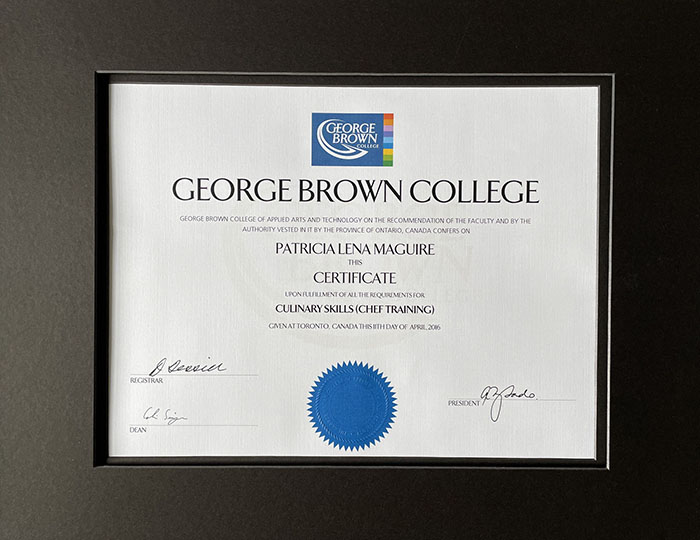- Home
- Gluten-Free Baking
- Egg Free Baking
How to Master Gluten-Free, Egg-Free Baking: Simple Secrets to Success
You’ve come up against a challenge, haven’t you? You, or someone you know has celiac disease or gluten intolerance and also doesn't eat eggs. So, you need to learn about gluten free egg free baking.
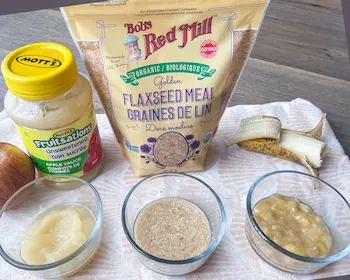
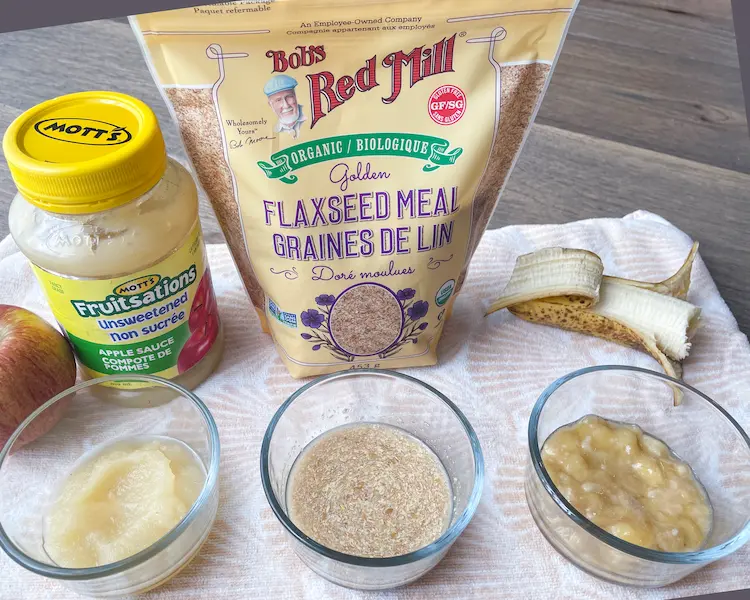
I’ve dealt with this challenge myself. It wasn’t long after my celiac diagnosis that I realized my gluten-free diet wasn’t entirely solving my stomach problems. It didn’t take long to notice that after a gluten-free breakfast that included eggs, I was, well, having symptoms. When I eliminated eggs from my diet, things got much better.
Going egg free sounds easy, until you consider the role of eggs in gluten free baking.
Table of Contents
Choosing the Right Egg Substitute
6 Tips for Success in Gluten-Free, Egg-Free Baking
Choosing the Right Egg Substitute
The challenge is that gluten and eggs both provide structure to baked goods. You may have even noticed that gluten free recipes have more eggs than regular recipes using wheat flour, and that’s why. But all is not lost. You can make delicious baked treats without eggs.
All you need is to understand what the eggs are doing in a particular recipe and what to replace them with. Eggs serve four essential functions:
- binding
- leavening
- moisture
These are already problem areas for gluten-free baking. Gluten-free baked goods are notorious for being dry, flat and crumbly.
The Best Egg Substitutes
I have two tried and true eggs substitutes that I use in almost every recipe – flax eggs and commercial eggs replacers. I don’t look for special gluten free eggs free recipes, I simply search up my favorite cookie, cake or muffin recipe and use one of these substitutes.
Flax Eggs
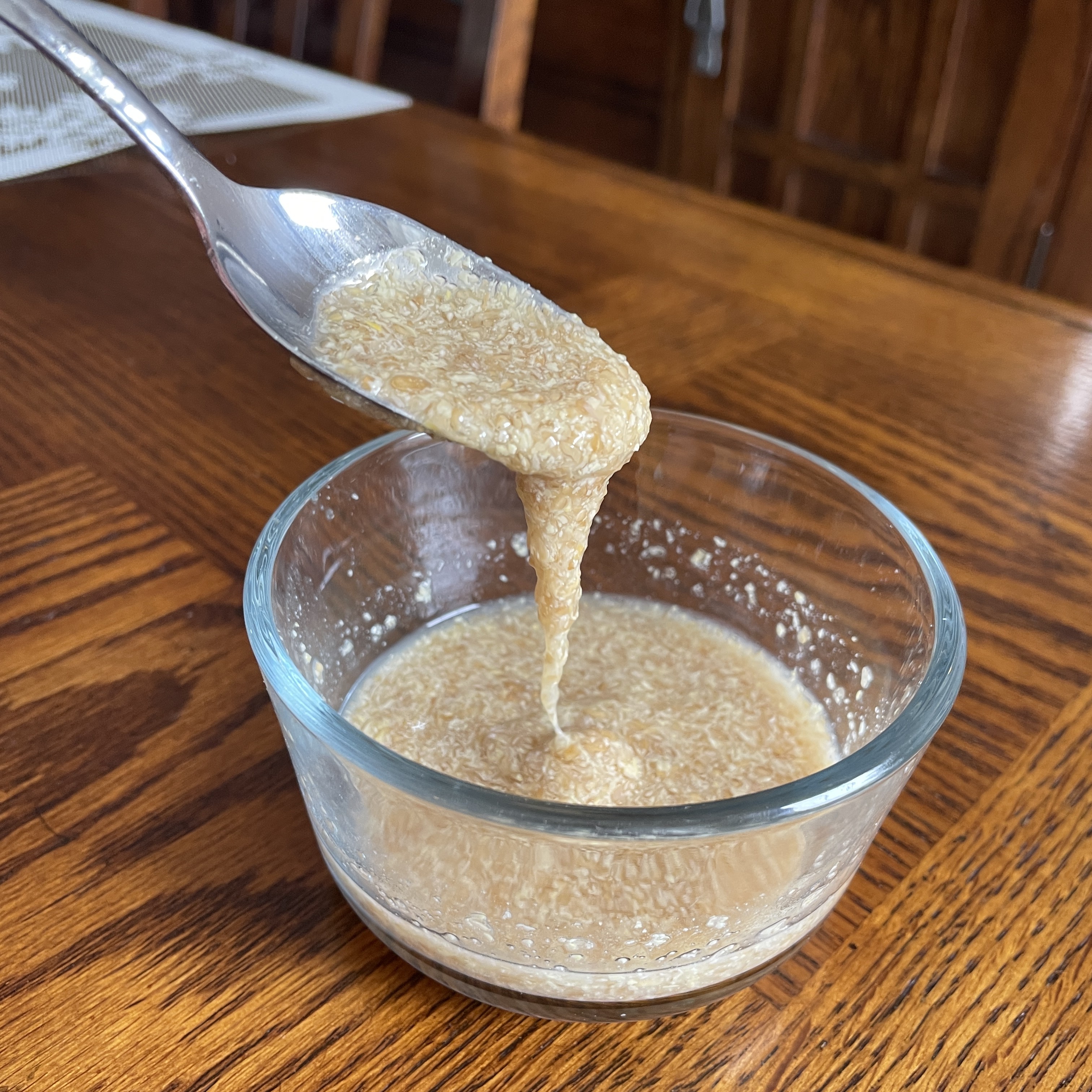
When I need eggs for binding and providing structure, which is the main purpose of eggs in gluten free baking, I use flax eggs.
Mix 1 tablespoon of ground flaxseed (also called flaxseed meal) with 3 tablespoons of water and let it sit for 5 minutes.
The mixture will become gel-like and it works wonderfully as an egg replacement in most recipes. And as a bonus, it’s also an excellent source of fiber.
I especially like using flax eggs in dense or robust recipes like muffins, pancakes, brownies and my specialty carrot cake.
Is Chocolate Gluten Free? Health Benefits and Tips to Avoid Hidden Gluten
Discover which chocolates are truly gluten free, how to read labels, and what hidden ingredients celiacs need to watch for when choosing sweet treats.
This article is dedicated to chocolate and will give you all the ins and outs.
Commercial Egg Replacers
Where flax eggs don’t work quite so well is in very light, tender white cakes. They add brown flecks to the batter and a little too much fiber to the crumb. In these instances I use a commercial egg replacer like Bob’s Red Mill or PaneRiso. I’ve tried both and they work equally well.
The process is simple. Follow the directions on the package to make however many eggs you need, make them up and add them to your recipe.
Aquafaba as an Egg Replacer
 Aquafaba from Chickpeas
Aquafaba from Chickpeas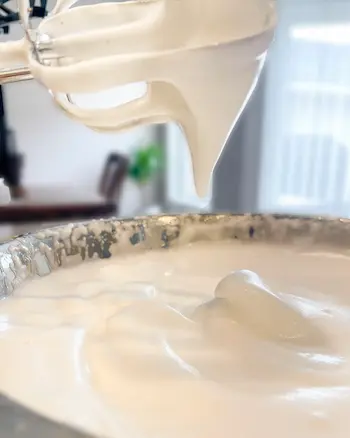 Whipped Aquafaba
Whipped AquafabaI was pretty far into my gluten-free baking journey when I learned about aquafaba.
Aquafaba is the liquid from canned beans or chickpeas. When you drain it off, you may notice that it’s a similar consistency to egg whites, and surprisingly can serve much the same function. You can:
- Whip it up like egg whites to make meringue - perfect for lemon meringue pie, meringue treats or macaroons
- Use it as a base for vegan mayonnaise
- Use it as a general egg replacer in baked goods
Here’s a fun and useful list of things you can do with aquafaba.
Pin Image
Egg Substitutes by Function
This easy chart will help you decide which egg substitute to use. I’ve also provided a printable version that you can pin up to your fridge.
For Binding - Holds Ingredients Together
Chia Egg
1 tbsp chia seeds
+ 3 tbsp water
Let sit 10–15 min
Adds crunch and texture -denser baked good like muffins, cookies, brownies.
Mashed Banana
¼ cup = 1 egg.
Adds sweetness and flavor - quick breads, muffins, and brownies.
Nut or Seed Butter
3 tbsp = 1 egg
Rich texture and flavor - brownies, dense cookies, and bars.
For Leavening - Helps Baked Goods Rise
Baking Soda + Vinegar
1 tsp baking soda
+ 1 tbsp vinegar
Fizzes for lift - cakes, cupcakes, and muffins
Carbonated Water or Club Soda
¼ cup = 1 egg
Adds lightness - pancakes, cupcakes, and lighter batters.
For Moisture - Adds Liquid and Richness
Yogurt (Dairy or Non-Dairy)
¼ cup = 1 egg
Adds moisture and richness - muffins, cakes, and quick breads.
Silken Tofu - Blended
¼ cup = 1 egg
Mild and creamy - brownies, custards, and dense cakes.
Pumpkin Puree
¼ cup = 1 egg
Adds flavor and color - fall baking, muffins, or spice cakes.
Unsweetened Applesauce
¼ cup = 1 egg
Neutral flavor. Adds moisture and light binding - cakes, muffins.
All-in-One Substitutes - Binding, Moisture, Leavening
Aquafaba
3 tbsp = 1 egg
2 tbsp = 1 egg white
Whips like egg whites -meringue or general egg replacer in baking.
Commercial Egg Replacers
Follow package directions.
Mimics multiple egg functions - cookies, cakes, etc.
Flax Egg
1 tbsp flax + 3 tbsp water
Let sit 5-10 min
All purpose egg replacer - muffins, cookies, pancakes, carrot cake.
6 Tips for Success in Gluten-Free, Egg-Free Baking
I’ve done a lot of gluten free egg free baking over the years and learned a few lessons the hard way. Let me save you the disappointments and share my most important tips here:
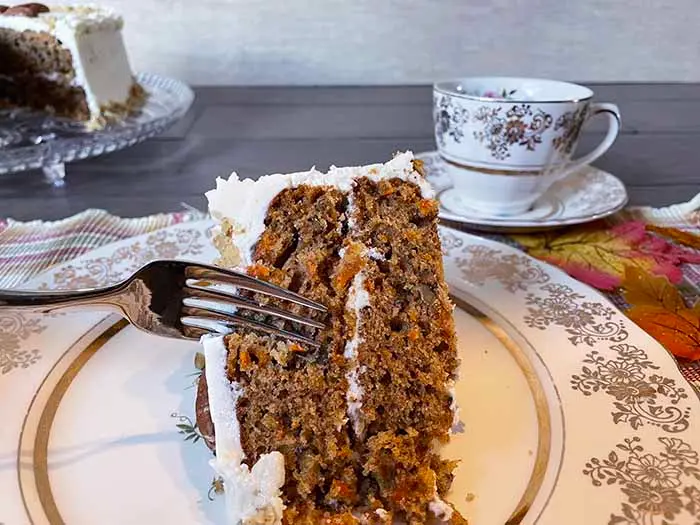
1. Don’t Rely on Just One Substitute
In complex recipes, I often combine replacers—like using a flax egg for binding and yogurt for moisture in my Flourless Cornbread. Layering functions gives far better results than using one replacer alone.
2. Choose Recipes That Help You Out
Pick recipes that naturally offer structure, moisture, and binding. My go-to’s include carrot cake, banana bread, oatmeal cookies, granola bars, and hearty breakfast muffins.
3. Weigh Ingredients When You Can
Using a kitchen scale instead of measuring cups has transformed my baking. Grams offer precision which is especially helpful in gluten-free baking.
Measuring by is common in European recipes and it's how I learned in chef school. That could be why European pastries have that certain “je ne sais quois” that makes them world famous.
If your favorite recipe is in volume don’t despair, it will still work out fine.
4. Use a Quality Gluten-Free Flour Blend
Choose a gluten-free flour blend with xanthan gum or add ¼ to ½ teaspoon per cup if your flour doesn’t include it. I like President’s Choice (Canada), while Bob’s Red Mill and Cup4Cup are great U.S. options.
If you're making bread, focaccia, or pizza, I recommend Caputo Fioreglut Gluten-Free Flour from Italy. It's a bit more expensive but well worth it.
5. Let Your Batter Rest
Let batters rest before baking, especially those containing flax or chia. I give them any where from 15 to 30 minutes to hydrate and thicken. This simple step gives a much lighter, airier result which is even more important when you’re baking without eggs or gluten.
6. Don’t Get Discouraged
Even after years of baking, I still have the occasional flop. For special occasions, do a trial run first. And remember—what you see as a “failure,” your family will likely enjoy anyway.
Product Recommendations: Shop the Guide
I’ve put together a list of products I keep in my pantry along with convenient links. If you choose to purchase through one of these links I may earn a small commission at no extra cost to you.
Final Thoughts
I want you to know that gluten free egg free baking is not only possible but can be incredibly fun and rewarding. There’s a learning curve, but with patience and practice, you’ll develop a feel for these substitutions that will serve you for years.
Frequently Asked Questions
Q: Can I use applesauce instead of eggs in all recipes?
A: Applesauce is wonderful for moisture but it won't provide leavening. You'll need additional help for recipes that need to rise.
Q: Is aquafaba gluten-free?
A: Yes, aquafaba is naturally gluten-free since it's just the liquid from chickpeas.
Q: What's the best egg replacer for gluten-free bread?
A: I find that a good gluten free bread flour with psyllium husk or xanthan gum combined with a flax egg provides the best structure for bread.
Q: Do I still need xanthan gum if I use chia or flax eggs?
A: Yes, chia and flax eggs provide binding but not the same stretchy structure that xanthan gum offers.
Q: Why do my egg-free muffins come out gummy?
A: This usually happens when the batter is overmixed or when there's too much moisture. Try reducing liquid ingredients slightly and mixing just until combined.
Recipes:
These are my favorite recipes to make egg-free. I've done all of them multiple times and they turn out amazing, without fail. I hope you enjoy them.
